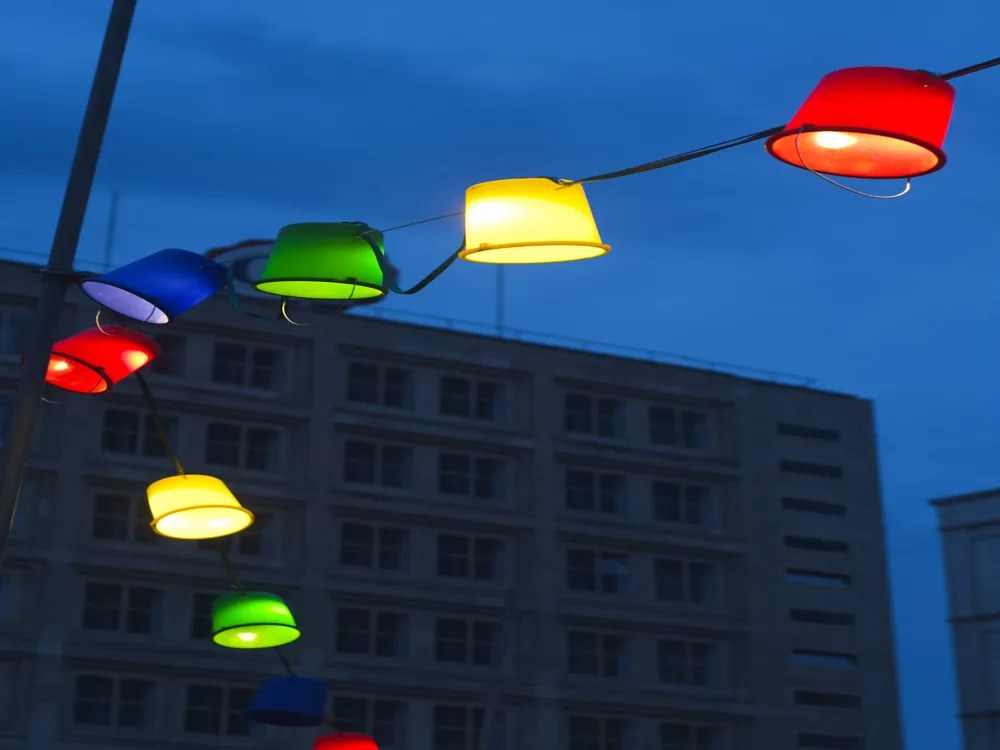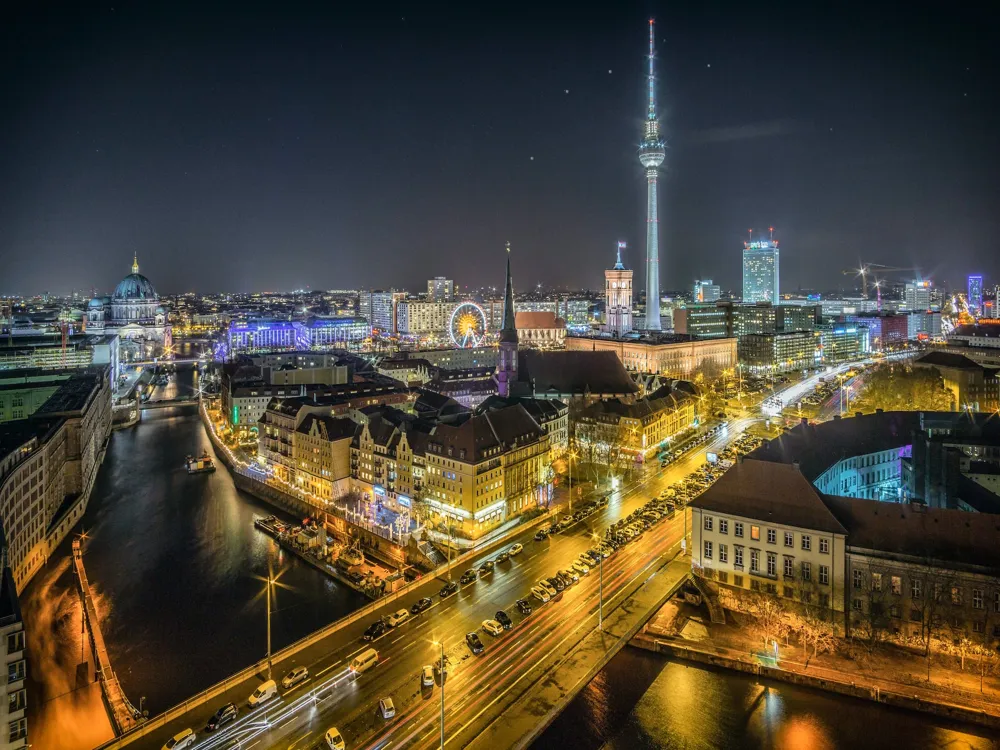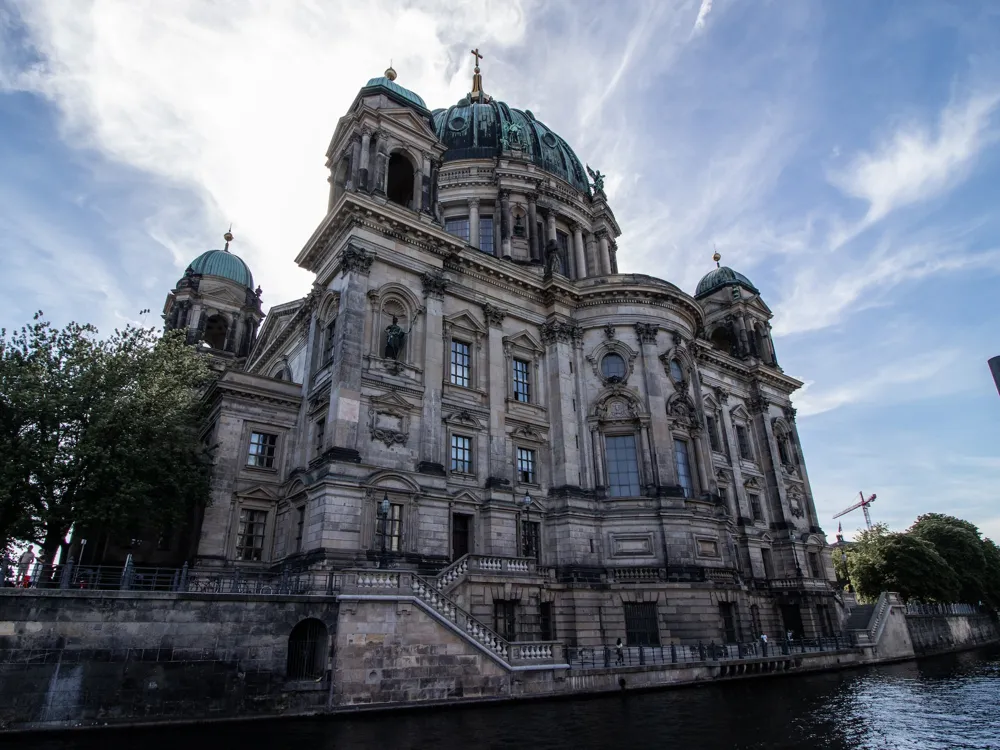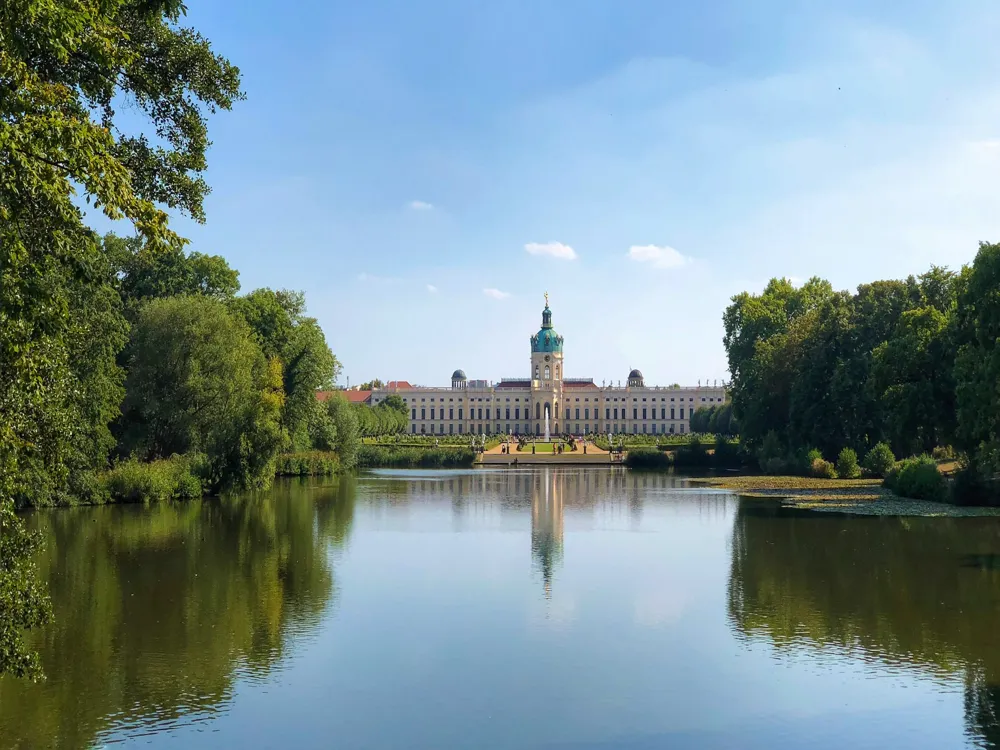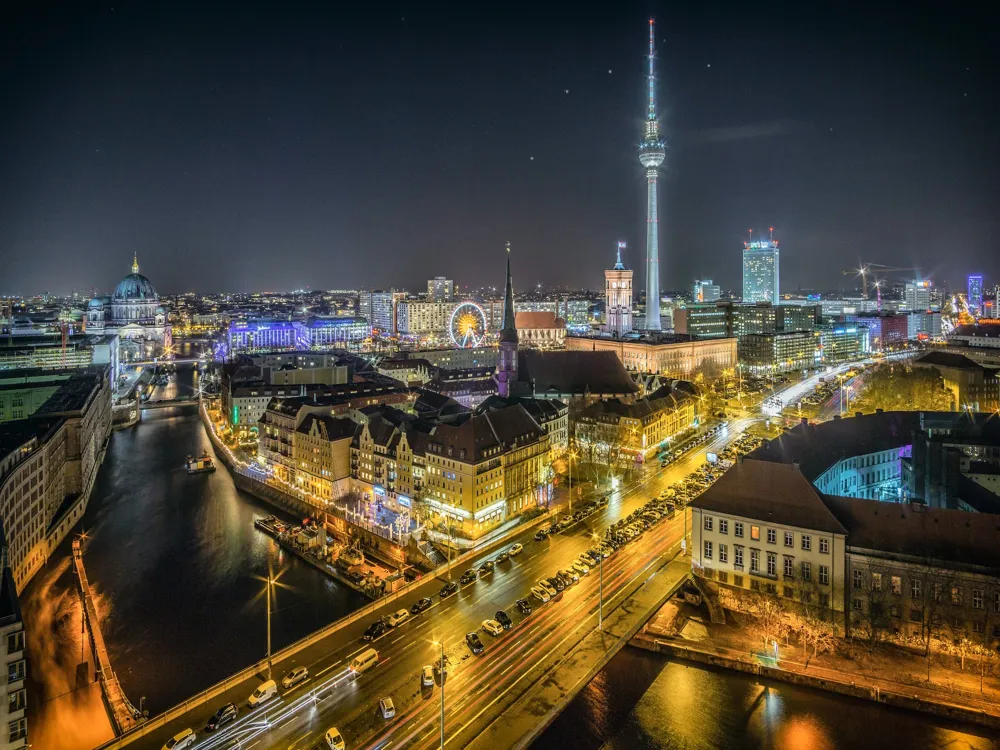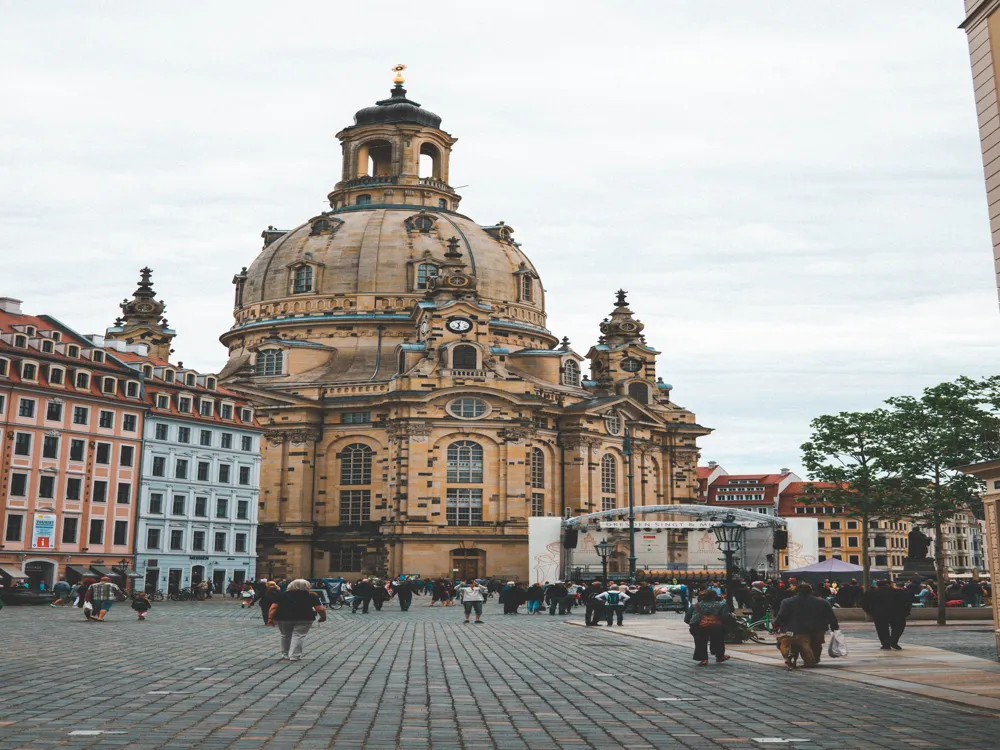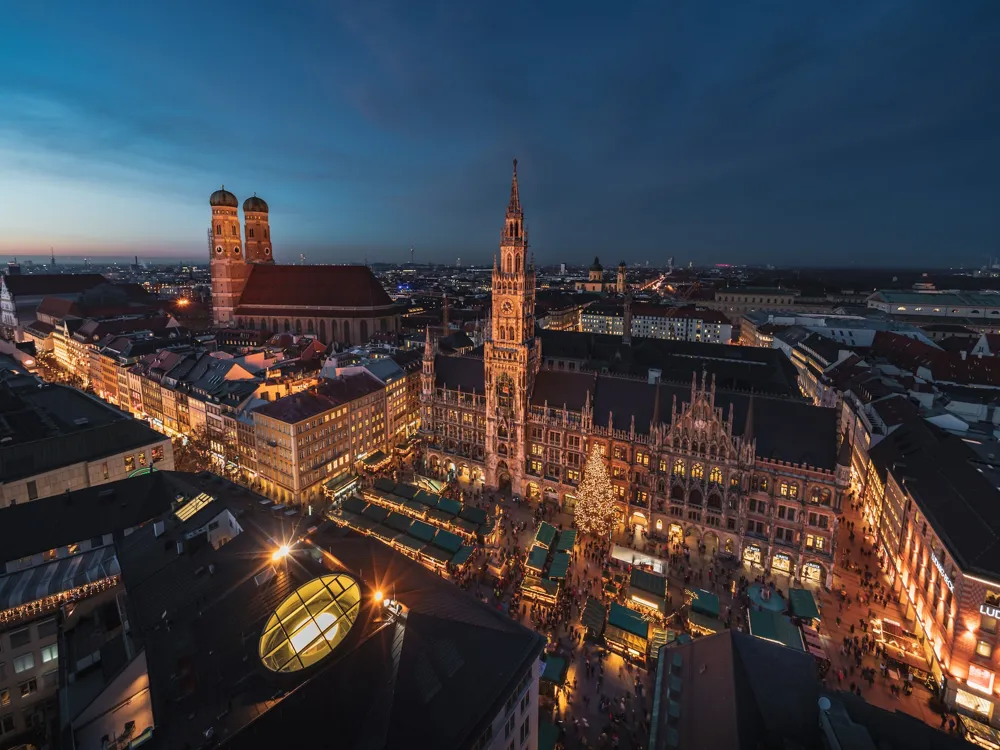Berlin, the vibrant capital of Germany, is a city rich in history, culture, and modernity. Situated in the heart of Europe, it has been a witness to pivotal moments in history, from the rise and fall of the Berlin Wall to being a symbol of reunification and resilience. Berlin's unique character is shaped by its diverse population, contemporary arts scene, and dynamic lifestyle. This city is not just a political hub but also a melting pot of cultures, making it an endlessly fascinating destination for visitors worldwide. The city's history is etched in its streets and monuments. From the remnants of the Berlin Wall, which once divided East and West Berlin, to the Brandenburg Gate, an iconic symbol of unity, Berlin's past is always present. The city's turbulent 20th-century history has left an indelible mark, shaping its identity and consciousness. Yet, Berlin is not defined by its past alone. It's a city that constantly reinvents itself, making it a hub of innovation, creativity, and forward-thinking. Berlin is also known for its green spaces, with numerous parks and gardens offering a peaceful escape from the urban landscape. The Tiergarten, Berlin's largest park, is a green oasis in the city center, perfect for leisurely strolls, picnics, and relaxation. The city's commitment to sustainability and the environment is evident in its extensive public transportation system, cycling paths, and initiatives to promote green living. Culturally, Berlin is unparalleled. It boasts a vibrant arts scene, with countless galleries, theaters, and museums. The Museum Island, a UNESCO World Heritage site, is home to five world-renowned museums, housing priceless artifacts and artworks. The city's music scene, ranging from classical to electronic, resonates through its lively clubs, concert halls, and street performances. Berlin is a city that celebrates diversity and creativity, making it a haven for artists and art enthusiasts alike. With its eclectic mix of history, culture, and modernity, Berlin is not just a city to visit but an experience to immerse oneself in. Its unique charm lies in its ability to blend the past with the present, tradition with innovation, creating an atmosphere that is both historical and hip. Berlin's architecture is a reflection of its tumultuous history and its spirit of reinvention. The city's skyline is a mosaic of architectural styles, each telling a story of different eras and influences. From the grandeur of Prussian classicism to the stark functionality of Bauhaus, from the remnants of war to the bold contemporary structures, Berlin's buildings are a visual narrative of its past and present. One of the most prominent architectural styles in Berlin is Prussian classicism, epitomized by the majestic Brandenburg Gate and the Berlin Cathedral. These structures, with their imposing columns and detailed facades, reflect the city's imperial past and its aspirations of grandeur and power. The Gendarmenmarkt, one of the most beautiful squares in Berlin, showcases this style with its harmonious ensemble of the Konzerthaus and the French and German Cathedrals. Modernist architecture in Berlin is represented by the Bauhaus movement, which originated in Germany in the early 20th century. The Bauhaus-Archiv, a museum dedicated to this influential style, displays the principles of Bauhaus – functionality, simplicity, and a focus on materials. This movement has left a lasting impact on Berlin's architectural landscape, with its emphasis on clean lines, geometric shapes, and a lack of ornamentation. Post-war architecture in Berlin is marked by a mix of reconstruction and innovation. The city's division during the Cold War led to distinct architectural developments in East and West Berlin. In the East, prefabricated buildings, such as the Plattenbauten, were common, while the West saw a mix of modernist and postmodernist structures. The fall of the Berlin Wall ushered in a new era, with architects from around the world contributing to Berlin's reconstruction. Potsdamer Platz, once a desolate no-man's-land, is now a symbol of this transformation, featuring cutting-edge architecture like the Sony Center and the DaimlerChrysler Atrium. Contemporary architecture in Berlin pushes the boundaries of design and sustainability. The city's commitment to green building is evident in projects like the Potsdam Institute for Climate Impact Research, designed with energy efficiency and environmental sustainability in mind. Iconic modern structures such as the Berlin Hauptbahnhof, Europe's largest train station, and the Berliner Philharmonie, with its distinctive tent-like structure, represent the city's forward-looking approach to architecture. Berlin's architectural tapestry is a testament to its resilience, diversity, and creativity. The city's buildings are not just structures; they are symbols of Berlin's tumultuous history, its capacity for renewal, and its vision for the future. The ideal time to visit Berlin is from May to September when the weather is pleasant, and the city is alive with outdoor events, festivals, and open-air cafes. However, if you prefer fewer crowds and don't mind a bit cooler weather, spring (April-May) and autumn (September-October) are also great times to explore the city. Berlin has an efficient and extensive public transportation system, including buses, trams, U-Bahn (subway), and S-Bahn (suburban trains). Purchasing a Berlin WelcomeCard offers unlimited travel and discounts on many attractions. Cycling is another popular way to explore the city, with numerous bike rental shops and dedicated bike lanes. Germans are known for their punctuality and directness. When in Berlin, try to be on time for appointments and be straightforward in your communication. Greeting people with a handshake is common, and remember to say 'please' and 'thank you.' Respect for privacy and personal space is also highly valued. Don't miss out on trying Berlin's diverse culinary offerings. Must-tries include the classic Berliner Currywurst, Döner Kebab, and traditional German dishes at local breweries. Berlin is also known for its vibrant international food scene, reflecting its multicultural population. To save money while exploring Berlin, consider visiting free attractions like the East Side Gallery, Brandenburg Gate, and Reichstag building (though you need to book in advance for Reichstag). Many museums offer free entry on specific days or evenings. Also, consider dining in smaller local restaurants and street food stalls for affordable yet delicious meals. Berlin is well-connected and easily accessible from anywhere in the world. The city has two major airports, Berlin Tegel Airport and Berlin Schönefeld Airport, serving numerous international and domestic flights. If you're traveling within Europe, Berlin can also be reached by train, with regular services connecting it to other major European cities. Long-distance buses are another affordable option, offering services from various European destinations. For those driving, Berlin is well-connected by an extensive network of highways.Overview of Berlin
Architecture of Berlin
Tips When Visiting Berlin
Best Time to Visit
Getting Around
Cultural Etiquette
Local Cuisine
Money-Saving Tips
How To Reach Berlin
Victory Column
Berlin
₹ 58,000 onwards
View berlin Packages
Weather :
Tags : Sightseeing
Timings : April - October: Monday - Friday: 9.30 AM - 6.30 PM
Saturday & Sunday: 9:30 AM - 7:00 PM
November to March: Monday - Sunday: 9.30 AM - 5.30 PM
Time Required : Anytime would be perfect as long as the day is clear.
Entry Fee : Adult: EUR 4
Reduced: EUR 3
Paid only in Cash
Planning a Trip? Ask Your Question
Also Refered As:
Siegessäule
Berlin Travel Packages
View All Packages For Berlin
Top Hotel Collections for Berlin

Private Pool

Luxury Hotels

5-Star Hotels

Pet Friendly
Top Hotels Near Berlin
Other Top Ranking Places In Berlin
View All Places To Visit In berlin
View berlin Packages
Weather :
Tags : Sightseeing
Timings : April - October: Monday - Friday: 9.30 AM - 6.30 PM
Saturday & Sunday: 9:30 AM - 7:00 PM
November to March: Monday - Sunday: 9.30 AM - 5.30 PM
Time Required : Anytime would be perfect as long as the day is clear.
Entry Fee : Adult: EUR 4
Reduced: EUR 3
Paid only in Cash
Planning a Trip? Ask Your Question
Also Refered As:
Siegessäule
Berlin Travel Packages
View All Packages For Berlin
Top Hotel Collections for Berlin

Private Pool

Luxury Hotels

5-Star Hotels

Pet Friendly







